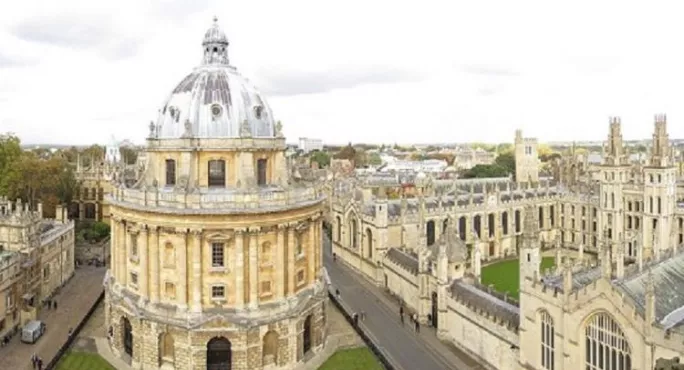Pupils from the UK’s most advantaged areas are over 10 times more likely to attend some elite universities compared to their peers from the most disadvantaged areas, new figures from UCAS show.
According to data for the 2017 admissions cycle published by UCAS today and analysed by Tes‘s sister magazine, Times Higher Education, the gap in representation between pupils from advantaged and disadvantaged backgrounds was widest at the University of St Andrews in Scotland, although the university argues the measure used by UCAS is inappropriate for Scotland.
Students from the most advantaged fifth of areas in the UK were 11.4 times more likely to take a place at the Scottish university compared to those from the most disadvantaged fifth of areas. At the University of Glasgow, the figure was 11.2 and at the University of Edinburgh it was 10.9. The higher ratio at Scottish universities is likely to reflect the fact that in Scotland there are fewer areas in the most disadvantaged fifth of the UK.
In England, Imperial College London had the highest ratio, with a student from the most advantaged areas 10.8 times more likely to enter the university compared to those from the most disadvantaged areas. It was followed by Oxford University, where the figure was 10.6, and Kings College London where it was 10.1.
Making progress
While the gap between advantaged and disadvantaged admissions remains wide at many of the country’s most elite universities, the UCAS figures show progress has been made to narrow it in recent years.
For example, at the University of Cambridge students from the most advantaged areas were 18.4 times more likely to take a place in 2010, but this had narrowed to 8.4 in 2017.
At Oxford, students from the most advantaged backgrounds were 16.8 times more likely to take a place in 2010.
UCAS has used a measure of participation in higher education - known as POLAR - that it says equates to a measure of “advantage” to classify the UK’s geoegraphical areas.
But St Andrew’s said the ‘POLAR’ classification was “widely considered to be inappropriate for determining trends in the Scottish context”. “Scotland’s high participation rates for higher education mean that Scotland has, by definition, fewer UK low participation areas than the rest of the UK,” a spokesperson said.
“This coupled with the very high proportion of HE that occurs in FE colleges means that the figures for Scottish HE providers could, when viewed in isolation, misrepresent their contribution to widening participation... In St Andrews, we are firmly on course to meet the Scottish Government’s ambitious and widely publicised targets to widen access to universities.”
Students from the most disadvantaged areas continue to remain under-represented at the 24 Russell Group universities. Of the 1,975 18-year-old applicants who were placed at King’s College London in 2017, just 70 came from the most disadvantaged fifth of areas. At 3.5 per cent, this was the lowest percentage in the Russell Group.
The University of Liverpool admitted the highest proportion of students from the most disadvantaged fifth of areas, with 380 taking places out of the total cohort of 3,896 students - 9.8 per cent.
Want to keep up with the latest education news and opinion? Follow Tes on Twitter and Instagram, and like Tes on Facebook




